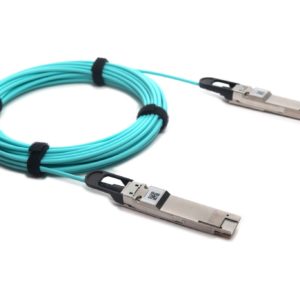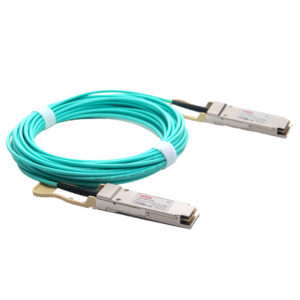Optical connectivity solutions in large data centers require high speed, high density and low latency. While the trend has been to use strict telecom standards in design and testing methodologies, it was overkill for data centers where the distances are a few hundred meters at the most.
Open Eye consortium was formed to enable PAM-4 interconnects scaling from 50Gbps to 400Gbps based on CDR architectures. The Open Eye approach replaces the digital signal processor (DSP) based architecture common in current designs with one that leverages analog clock and data recovery (CDR) devices. The use of analog CDRs instead of DSPs will result in significant cost, latency, and power benefits and simplified manufacturing.
Design and performance measurement of analog CDR modules is based on the eye-mask-based approach common in NRZ transmission.The initial Open Eye MSA specification focused on 53Gbps per lane PAM-4 solutions for 50G SFP, 100G DSFP, 100G SFP-DD, 200G QSFP, and 400G QSFP-DD and OSFP single-mode modules. Subsequent specifications address multi-mode and 100Gbps per lane applications.
Optical modules with analog CDRs offer at least a 24% reduction in power requirements at the module level and a 100X reduction in latency and simplified testing methodology.
As optical connectivity migrates from 100Gbps NRZ to 200Gbps and 400Gbps PAM-4 based solutions, optical module users are faced with increased power consumption, latency and cost challenges. Single mode and multi-mode optical modules designed with analog CDR architecture aim to address these challenges and offer impressive BER performance along with lower power consumption and lower latency.
Vitex 400G QSFP DD AOCs based on analog CDR architecture are an ideal solution for data center applications. For questions, please email info@vitextech.com
Related Products



